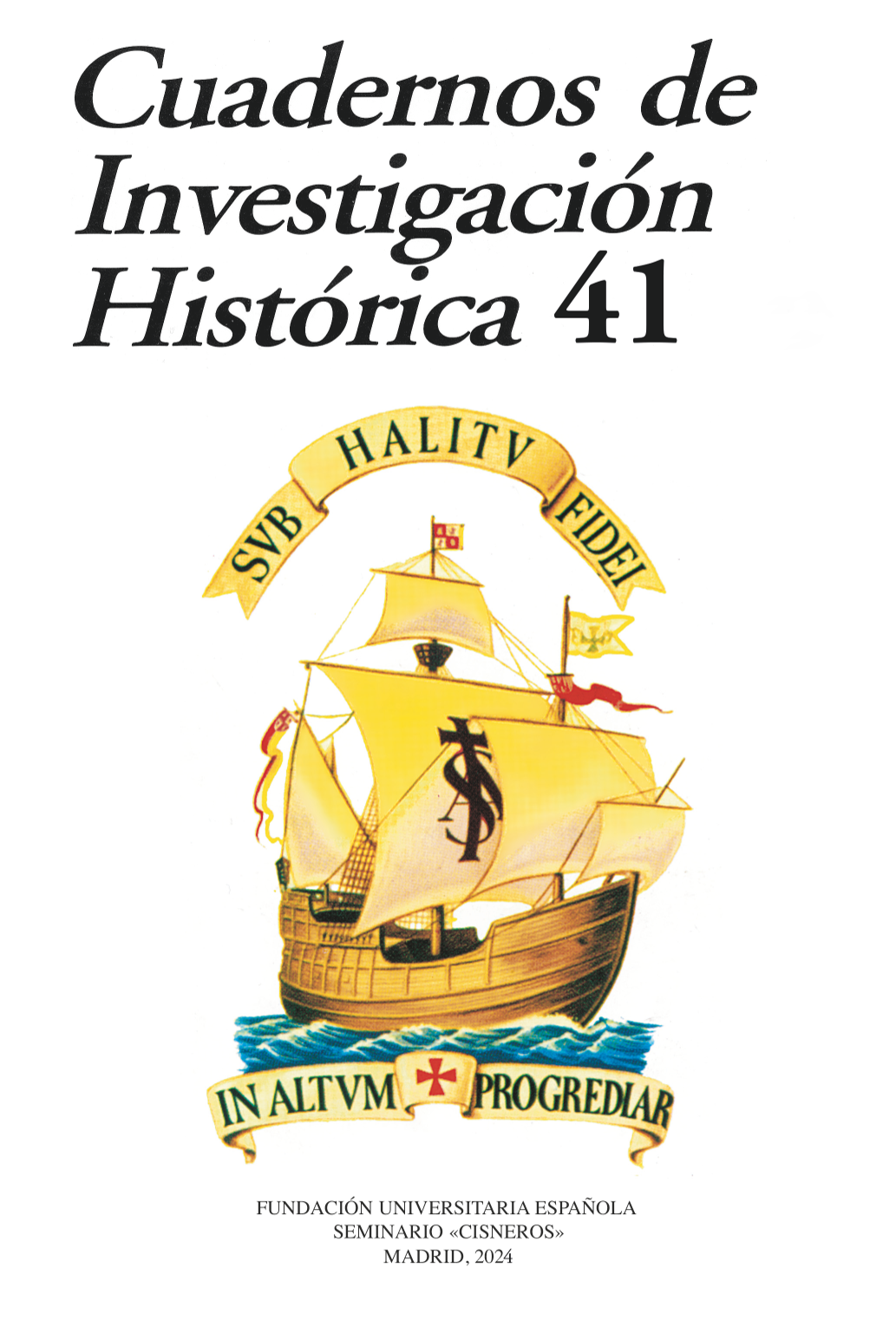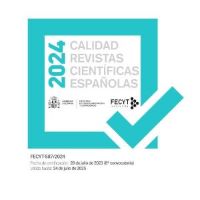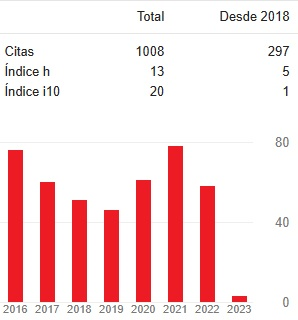The Santander-Mediterranean Railway: Economic and Structural Analysis of a Technically and Financially Unviable Project
DOI:
https://doi.org/10.51743/cih.496Keywords:
Railway, Santander, Mediterranean, Norte, Tunnel, Engaña, BilbaoAbstract
This is a historical essay on a project conceived in the 19th century and developed in the 20th that emerged as a solution to reduce transportation costs and the delivery time of goods, enhance the undervalued port of Santander and alleviate the underdevelopment of areas of the Spain emptied, and how the technical, economic, regional and political inconveniences and obstacles frustrated the project.
We can see this analysis as the strategy of what should not have been done if we wanted to achieve the objectives of improving the development of extensive depressed areas of our country, as well as obtaining the collateral effects and synergies that were planned.
Downloads
Global Statistics ℹ️
|
224
Views
|
153
Downloads
|
|
377
Total
|
|
References
ALCAIDE INCHAUSTI, Julio. “Evolución económica provincias siglo XX”. Fundación BBVA. Bilbao, 2003.
AUÑAMENDI EUSKO ENTZIKLOPEDIA. Donostia. (ENCICLOPEDIA VASCA AUÑAMENDI. San Sebastián.
BARQUÍN GIL, Rafael. “El corredor transversal Santander-Mediterráneo”, en “FF.CC en las comarcas valencianas. El camp de Morvedre”. Coord. AGUILAR CIVERA, Inmaculada. Ed. Generalitat Valenciana. 2012.
DIARIO “LA RAZÓN”. 5 octubre 2021. “Un centenario que no debe ser olvidado”. Artículo del catedrático Juan Velarde Fuertes.
DIARIO “LA RAZÓN”. 30 julio 2023. “Vaciando España: ferrocarril Santander-Mediterráneo”. Artículo del historiador e ingeniero Antonio Flores Lorenzo.
DIARIO MONTAÑÉS. 7 diciembre 2012. Entrevista del historiador Juan José Olaizola con la redactora Teresa Cobos.
DOBESON, Kenneth. “El ferrocarril Santander-Mediterráneo”. Aldaba. Madrid, 1988.
FERNÁNDEZ DÍAZ-SARABIA, Pedro. “Tres Opas en época del Directorio Militar”. Ponencia presentada en el IV Congreso de Historia del Ferrocarril, Málaga, septiembre 2006. Junta Andalucía. Consejería Obras y Tptes.
GORTÁZAR. Guillermo. “Alfonso XIII, hombre de negocios”. Alianza editorial. Madrid, 1986.
IRIBARNEGARAY JADO, Juan Antonio. “El movimiento comercial en el puerto de Santander desde la ordenanza de libre comercio en el siglo XVIII”. Revista de Historia J. Zurita. Diputación Zaragoza. Instituto Fernando el Católico. 1982.
LÓPEZ-CALDERÓN BARREDA, Manuel. “El Camino de Hierro de Alar del Rey a Santander. Del Ferrocarril de Isabel II al final del monopolio de Renfe”. Edita Consejería de Cultura del Gobierno de Cantabria. 2015.
MACÍAS MUÑOZ, Olga. “El eje ferroviario Bilbao-Mediterráneo: la conexión de dos modelos económicos complementarios”. Ponencia presentada en el IV Congreso de Historia del Ferrocarril, Málaga, septiembre 2006. Junta Andalucía. Consejería de Obras y Tptes.
MENDO MUÑOZ, José. “La España de la posguerra: una visión a través del cine. 1939- 1959”). Una aproximación cinematográfica al conocimiento de la sociedad del primer franquismo. Ed. Fundación Universitaria Española. Madrid, 2020.
MERELLO, Eduardo. “La Siderurgia española: pasado, presente y porvenir”. Ed. Minería y Metalurgia. Madrid, 1943.
MINISTERIO DE OBRAS PÚBLICAS. “Los ferrocarriles en España (1848-1958)”. XVII Sesión del Congreso Internacional de Ferrocarriles. XVII Sesión. Madrid, 1959.
MORENO LUZÓN, Javier. “Fernando siete y media: los escándalos de corrupción de Alfonso XIII”. Ponencia presentada en el Congreso “Historia de la corrupción política en la España contemporánea (siglos XIX-XXI)”, Barcelona, Universitat Autònoma de Barcelona. 14-15 de diciembre de 2017.
PINILLA NAVARRO, Vicente. “La economía aragonesa a mediados del siglo XIX”. Diputación Provincial de Zaragoza. Institución “Fernando el Católico”. Zaragoza, 1989.
POLO MURIEL, Francisco. “La depuración del personal ferroviario de la Compañía de los Caminos de Hierro del Norte de España (1936-1943). VI Congreso Historia Ferroviaria. Vitoria, 2012.
RODRIGO Y ALHARILLA, Martín y CHAVIANO Lisbeth (Coordinadores) “Negreros y esclavos. Barcelona y la esclavitud atlántica (XVI - XIX)”, Ed. Icaria.
RUIZ ROMERO, Elena. “Historia económica del puerto de Bilbao”. Ed. Ministerio de Fomento. Puertos del Estado. 2001.
SÁNCHEZ, Francisco. “La economía siderúrgica española”. Tomo I. CSIC. Inst. Sancho de Moncada. Madrid, 1945. Págs. 236
SANTOS, Luis y GANGES, José L. Instituto Universitario de Urbanística de la Universidad de Valladolid. Actas V Congreso Historia Ferroviaria. Palma de Mallorca, 14-16 octubre 2009.
SERNA VALLEJO, Margarita. “Luces y sombras en torno al Real Consulado de Mar y Tierra de Santander”. “Altamira”. Revista del Centro de Estudios Montañeses. Núm. 69, Santander, 2006.
TAMAMES GÓMEZ, Ramón. “Estructura Económica de España”. Sdad. Estudios y Publicaciones. Madrid, 1960.
TAMAMES, GÓMEZ, Ramón. “La República. La Era de Franco” (Historia de España Alfaguara. VII). Alianza Universidad. Madrid, 1974.
TUÑÓN DE LARA, Manuel. “La España del siglo XX”. Vol. I y II. Ed. Laia. Barcelona, 1978.
VIDAL OLIVARES, Javier. “La estructura de la propiedad, de la organización y la gestión de una gran empresa ferroviaria: la Compañía de los Caminos de Hierro del Norte de España, 1858-1936”. Revista de Historia Económica Año XVII, otoño-invierno 1999. N.” I.
VELARDE FUERTES, Juan. “Política Económica de la Dictadura”. Guadiana. Madrid, 1973.
WAIS SAN MARTÍN, Francisco. ”Historia general de los Ferrocarriles españoles (1830- 1941)”. Editora Nacional. Madrid, 1967.
Downloads
Published
How to Cite
Issue
Section
License
Copyright (c) 2025 CUADERNOS DE INVESTIGACIÓN HISTÓRICA

This work is licensed under a Creative Commons Attribution-NonCommercial 4.0 International License.
The Fundación Universitaria Española publishing house preserves the patrimonial rights (copyright) of published works, and encourages and allows their reuse. The works are published in the electronic edition of the journal under a license “Creative Commons Atribución/Reconocimiento-NoComercial 4.0 Licencia Pública Internacional — CC BY-NC 4.0”, and can be copied, used, disseminated, transmitted and publicly exhibited, provided that : a) the authorship and original source of its publication is cited (journal, publisher and URL of the work); b) are not used for commercial purposes; c) the existence and specifications of this license of use are mentioned.
The author / s partially transfer the property rights (copyright) of this work to the Fundación Universitaria Española (Spain) (NIF: G28433670), for the printed and online editions.
It also declares to have respected the ethical principles of research and to be free from any conflict of interest.
«C.I.H.» encourages the authors and the scientific community to the maximum promotion and dissemination of the works in their final version through:
1) Your list of contacts (emails) and social networks (Facebook, Twitter, LinkedIn ...).
2) Institutional repository of your University and public repositories (Mendeley, Cosis ...).
3) Scientific social networks (ResearchGate, Academia.edu, Kudos ...).
4) Personal or institutional website, blog, etc.
5) Google Scholar, ORCID, ResearchID, ScopusID, Dimensions, PlumX ...
6) Printed copies purchased directly and sent to specialists for reading and subsequent citation if appropriate.
For the nomination of future articles by authors of "C.I.H.", the impact of previous works will be taken into account, so that those with citation higher than the annual average of the journal will be preferred.












2.jpg)
















1.png)
1.png)

1.png)


.png)
.png)

.png)
1.png)
1.png)
